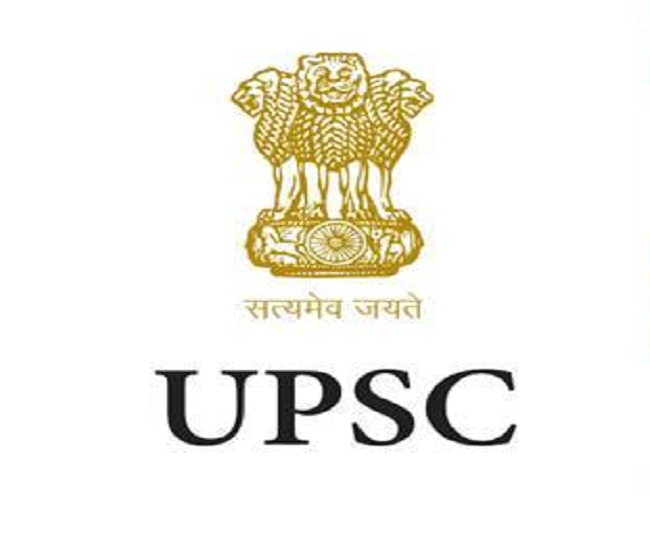In preparation for Mahakumbh 2025, dense forests have been developed across Prayagraj to ensure a healthy atmosphere and clean air for the millions of devotees anticipated to visit. Utilizing the Miyawaki technique, the Prayagraj Municipal Corporation has successfully established multiple “oxygen banks” over the past two years. These efforts have transformed areas into thriving green spaces, enhancing air quality and contributing to environmental conservation.
Prayagraj Municipal Commissioner Shri Chandra Mohan Garg highlighted that the initiative has covered 55,800 square meters across more than 10 city locations. The largest plantation project, located in the Naini industrial area, comprises approximately 1.2 lakh trees from 63 species, while 27,000 trees spanning 27 species were planted in Baswar after clearing the city’s largest garbage dumping yard. This has reduced industrial waste, mitigated dust and odours, and improved the city’s air quality. Miyawaki forests offer numerous environmental benefits, including reducing air and water pollution, preventing soil erosion, and fostering biodiversity.
According to Dr. N.B. Singh, former Botany professor at Allahabad Central University, forests created with the Miyawaki technique reduce temperature fluctuations during summers, improve biodiversity, and enhance soil fertility. These dense forests can also reduce ambient temperatures by 4 to 7 degrees Celsius, significantly benefiting the local environment.
The initiative incorporates a wide array of species, including fruit-bearing trees like mango, mahua, and tamarind; medicinal plants such as neem, tulsi, and brahmi; and ornamental trees like hibiscus, gulmohar, and bougainvillea. Other planted species include arjuna, teak, kadamba, sheesham, bamboo, and drumstick (sahjan), reflecting a diverse ecological approach.
The Miyawaki technique, developed by Japanese botanist Akira Miyawaki in the 1970s, is an innovative method for creating dense forests in limited spaces by closely planting diverse native species. Trees grow up to ten times faster compared to traditional methods, absorbing more carbon and supporting richer biodiversity. Ideal for urban areas, the technique transforms polluted or barren lands into thriving ecosystems. These forests effectively manage industrial waste, reduce dust and foul odours, and minimize air and water pollution, offering a comprehensive solution for ecological restoration and urban greening.




